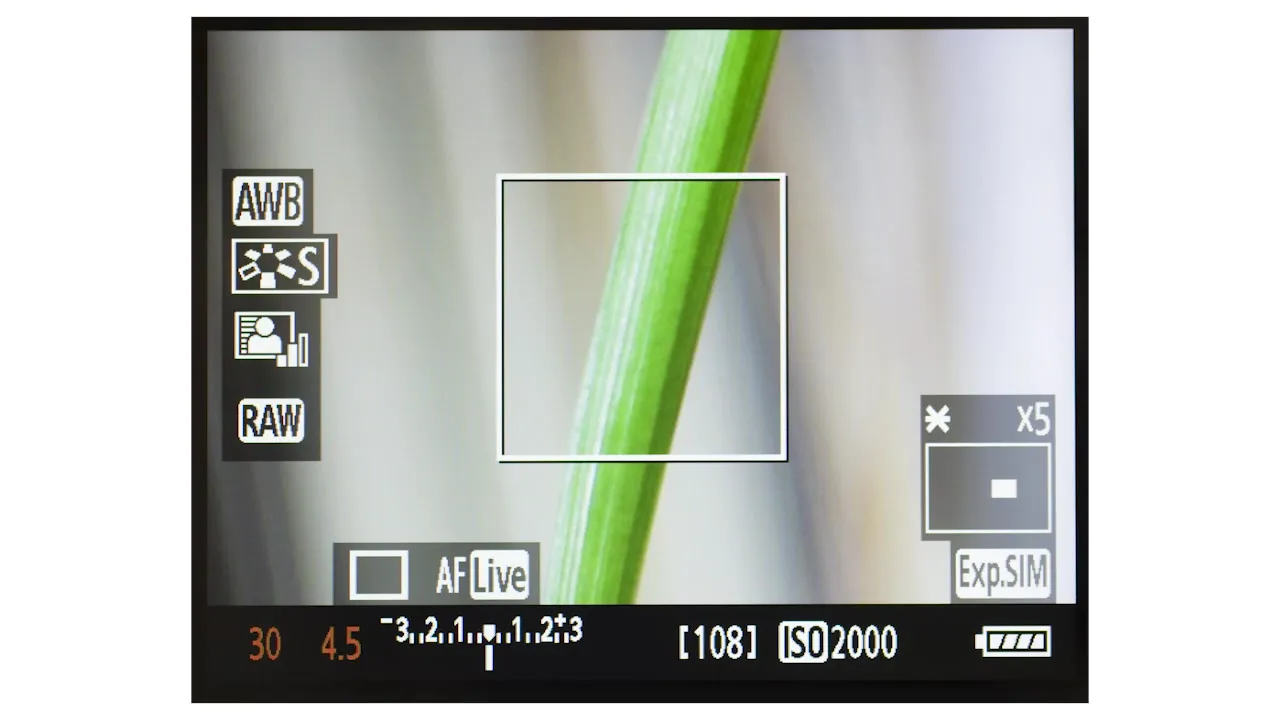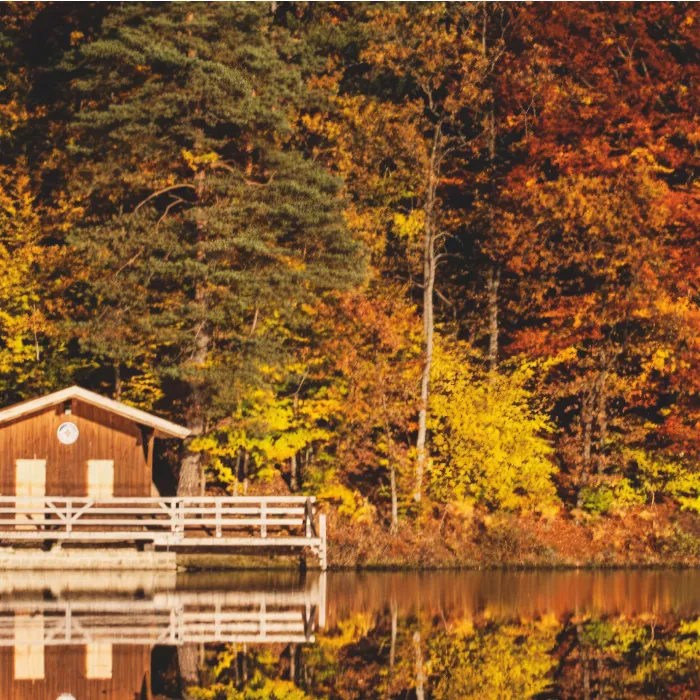The autofocus has many advantages in modern photography, but it is not always reliable. Especially in situations where precise focusing is crucial, it is essential to take control yourself. This guide provides you with a comprehensive step-by-step overview of how to manually focus and in which scenarios this is necessary. You will learn the technique of manual focusing and thus be able to elevate your photographic skills to the next level.
Main insights
- Manual focusing is particularly important in close-up and macro photography.
- Autofocus can be inaccurate with certain subjects.
- The focus ring on your camera is crucial for manual focusing.
- DSLRs and system cameras often offer additional features to facilitate focusing.
Step-by-step guide
To perfect your manual focusing, follow these steps:
Before you start manual focusing, you should be aware of when it makes sense. Especially in close-up and macro photography, for example in images of flowers or insects, the autofocus often proves inaccurate. The focus must be placed on the critical point of the subject; otherwise, it may be useless. An example would be a dragonfly, where the sharpness should be on the compound eyes.

The next step is to turn off the autofocus on your camera. On a system camera, DSLR, or bridge camera, you will usually find a switch on the lens that toggles between autofocus and manual focus. Set it to "manual focus" (MF).
Now you can work with the focus ring on the lens. Turn it slowly to set the focus according to your wishes. Make sure you can see the subject well in the viewfinder or on the display. A good view is crucial for correctly setting the sharp point.
If your camera has a magnification feature, use it. Many cameras have a "plus button" that activates the so-called focus magnifier. This function allows you to enlarge the image section, so you can set the sharpness even more precisely.

There are certain surfaces where autofocus does not work or fails. These include featureless or structureless surfaces such as fog, reflective surfaces, or fine animal fur. In such cases, manual focusing is often the only way to obtain high-quality images.
Summary – Mastering Manual Focusing in Photography
You have now learned the essential steps to manually focus in photography. With knowledge of the use cases and techniques, you can maximize control over your photos and achieve high-quality results.
Frequently asked questions
How do I know when I should manually focus?If autofocus fails in close-ups or on featureless surfaces, manual focusing is necessary.
How do I turn off the autofocus on my camera?This is usually done via a switch on the lens that must be set to "manual."
What is the best way to manually focus?Use the focus ring on the lens and make sure the subject is clearly visible in the viewfinder or display.
What can I do with difficult subjects?Use the focus magnifier to set the sharp point precisely on challenging surfaces.
What are typical subjects that need to be manually focused?Close-up and macro photography, especially of flowers or insects, are classic examples.


